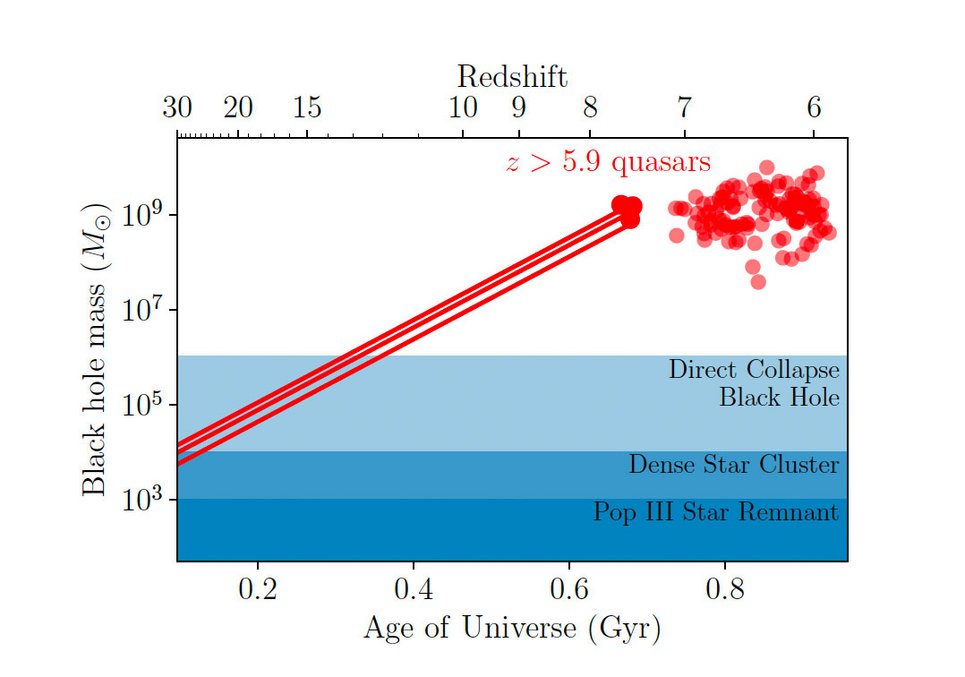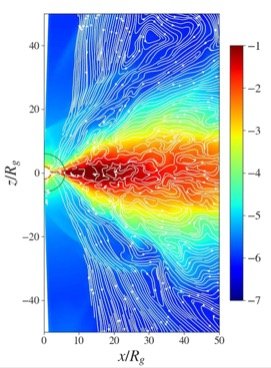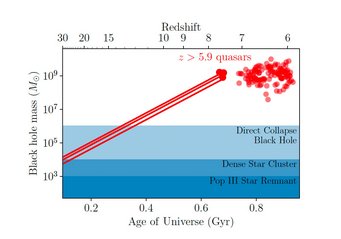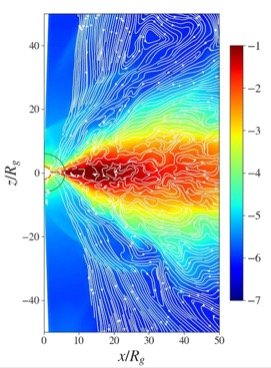Supermassive Black Holes and Active Galactic Nuclei

The centres of all massive galaxies - including our Galaxy, the Milky Way - contain black holes with masses greater than one million times that of the Sun. These supermassive black holes are thought to fundamentally impact the star formation and distribution of dust, gas, and chemical elements across their host galaxies. Although we know that supermassive black holes must play a critical role in shaping the properties of the galaxies in the Universe, there are still many mysteries and unknowns regarding their formation and growth mechanisms, for example:
Why do only some galaxies with actively accreting black holes show powerful jets? Are they a required mechanism to grow these black holes? We know of the existence of stellar-mass black holes and supermassive black holes but what about in between? Do intermediate massive black holes exist? If so, why have we not found them? Perhaps they hold the clues to understanding the "seeds" of the supermassive black holes seen in the most distant quasars, which must have formed in less than one billion years after the Big Bang. The formation of these supermassive black holes in such a short time poses critical challenges for black hole formation and growth theories.

At MPIA, we tackle these open questions by studying the formation of supermassive black holes close and far. We characterise them using the most powerful telescopes and carry out state-of-the-art simulations of the accretion process of the central supermassive black holes and their co-evolution with the host galaxies.

